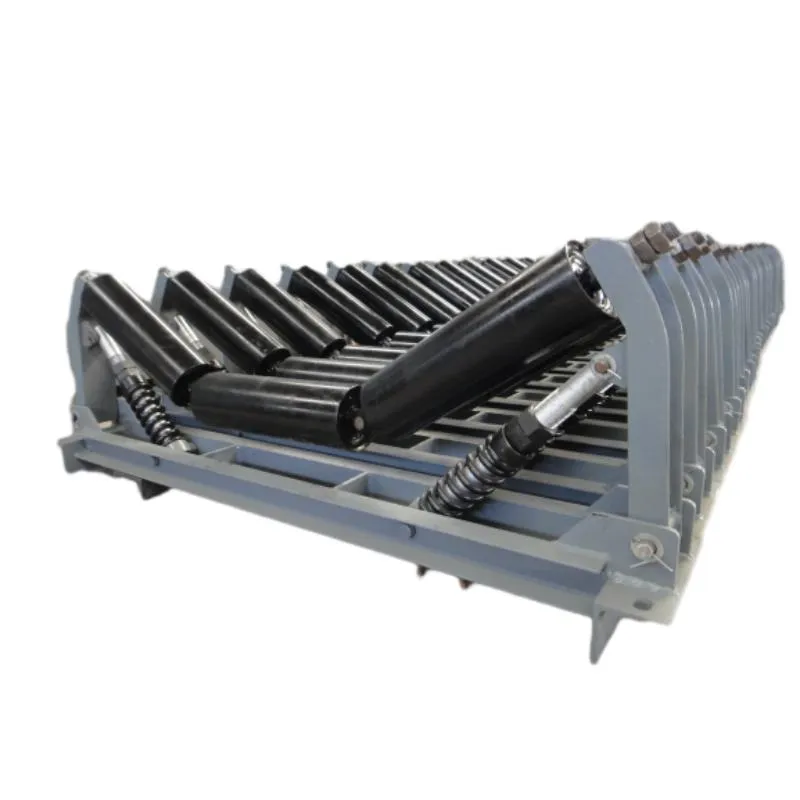 Afrikaans
Afrikaans  Albanian
Albanian  Amharic
Amharic  Arabic
Arabic  Armenian
Armenian  Azerbaijani
Azerbaijani  Basque
Basque  Belarusian
Belarusian  Bengali
Bengali  Bosnian
Bosnian  Bulgarian
Bulgarian  Catalan
Catalan  Cebuano
Cebuano  Corsican
Corsican  Croatian
Croatian  Czech
Czech  Danish
Danish  Dutch
Dutch  English
English  Esperanto
Esperanto  Estonian
Estonian  Finnish
Finnish  French
French  Frisian
Frisian  Galician
Galician  Georgian
Georgian  German
German  Greek
Greek  Gujarati
Gujarati  Haitian Creole
Haitian Creole  hausa
hausa  hawaiian
hawaiian  Hebrew
Hebrew  Hindi
Hindi  Miao
Miao  Hungarian
Hungarian  Icelandic
Icelandic  igbo
igbo  Indonesian
Indonesian  irish
irish  Italian
Italian  Japanese
Japanese  Javanese
Javanese  Kannada
Kannada  kazakh
kazakh  Khmer
Khmer  Rwandese
Rwandese  Korean
Korean  Kurdish
Kurdish  Kyrgyz
Kyrgyz  Lao
Lao  Latin
Latin  Latvian
Latvian  Lithuanian
Lithuanian  Luxembourgish
Luxembourgish  Macedonian
Macedonian  Malgashi
Malgashi  Malay
Malay  Malayalam
Malayalam  Maltese
Maltese  Maori
Maori  Marathi
Marathi  Mongolian
Mongolian  Myanmar
Myanmar  Nepali
Nepali  Norwegian
Norwegian  Norwegian
Norwegian  Occitan
Occitan  Pashto
Pashto  Persian
Persian  Polish
Polish  Portuguese
Portuguese  Punjabi
Punjabi  Romanian
Romanian  Russian
Russian  Samoan
Samoan  Scottish Gaelic
Scottish Gaelic  Serbian
Serbian  Sesotho
Sesotho  Shona
Shona  Sindhi
Sindhi  Sinhala
Sinhala  Slovak
Slovak  Slovenian
Slovenian  Somali
Somali  Spanish
Spanish  Sundanese
Sundanese  Swahili
Swahili  Swedish
Swedish  Tagalog
Tagalog  Tajik
Tajik  Tamil
Tamil  Tatar
Tatar  Telugu
Telugu  Thai
Thai  Turkish
Turkish  Turkmen
Turkmen  Ukrainian
Ukrainian  Urdu
Urdu  Uighur
Uighur  Uzbek
Uzbek  Vietnamese
Vietnamese  Welsh
Welsh  Bantu
Bantu  Yiddish
Yiddish  Yoruba
Yoruba  Zulu
Zulu conveyor lagging
Understanding Conveyor Lagging Enhancing Efficiency and Longevity
Conveyor systems are critical components in various industries, including mining, manufacturing, and logistics. They are responsible for transporting materials efficiently across different stages of production and distribution. However, the performance of these systems can be significantly affected by factors such as friction, wear, and slippage. One effective solution to these challenges is conveyor lagging. This article explores what conveyor lagging is, its benefits, various materials used, and maintenance considerations.
What is Conveyor Lagging?
Conveyor lagging refers to the material applied to the surface of a conveyor pulley. This layer serves several essential functions, primarily aimed at enhancing the friction between the belt and pulley. By increasing this friction, lagging helps prevent slippage, ensuring that the conveyor belts maintain grip during operation. This is particularly important in scenarios involving steep inclines or heavy loads, where the tendency for slippage increases.
Benefits of Conveyor Lagging
1. Improved Grip and Traction The primary benefit of lagging is the increased traction it provides. With better grip between the conveyor belt and the pulley, the risk of slippage is minimized, leading to more efficient operation and reduced wear on the belt.
2. Extended Equipment Life Proper lagging can significantly extend the lifespan of both the conveyor belt and the pulley. By reducing slippage and subsequent wear and tear, lagging minimizes the frequency of replacements and repairs.
3. Noise Reduction Many lagging materials are designed to absorb noise, resulting in quieter operation of conveyor systems. This is particularly advantageous in environments where noise is a concern, such as in populated areas or facilities focused on sustainability.
4. Enhanced Safety Conveyor lagging can reduce the likelihood of accidents caused by slippage and material spillage. With a more secure grip, there is a lower chance of materials falling off the conveyor system, ensuring a safer working environment.
5. Customizable Solutions Conveyor lagging can be tailored to meet specific operational needs. Different materials and designs are available, allowing industries to select the most suitable lagging based on factors like load type, conveyor speed, and environmental conditions.
conveyor lagging

Materials Used in Conveyor Lagging
Various materials can be used for conveyor lagging, each with its unique properties and advantages. Common materials include
- Rubber This is one of the most popular lagging materials due to its excellent abrasion resistance and flexibility. Rubber lagging provides a strong grip and is suitable for a wide range of applications.
- Ceramic Ceramic lagging offers superior durability and is often applied in high-friction applications, such as mining, where extreme conditions exist.
- Polyurethane This material offers high wear resistance and flexibility, making it suitable for applications where noise reduction is essential. Polyurethane lagging is often used in food processing and pharmaceutical industries due to its cleanliness and ease of maintenance.
- Metal In some cases, metal lagging is used for its robustness in extreme temperatures and environments. Metal lagging can withstand harsh conditions and is often found in heavy-duty applications.
Maintenance Considerations
While conveyor lagging can significantly improve performance, proper maintenance is crucial to ensure its longevity. Regular inspections should be conducted to check for wear and tear. Depending on the material, lagging may require replacements after a certain period or upon reaching specific wear thresholds. Additionally, any debris or material buildup on the pulley or lagging surface can lead to reduced performance, so maintaining clean working conditions is essential.
Conclusion
Conveyor lagging plays a vital role in enhancing the efficiency and reliability of conveyor systems across various industries. By improving traction, extending equipment life, and enhancing safety, lagging can be a worthwhile investment for businesses looking to optimize their operations. Choosing the right material and maintaining the lagging system effectively ensures maximum benefits, leading to long-term operational success. As industries continue to evolve, the importance of reliable conveyor systems equipped with proper lagging cannot be overstated.
-
Taper Centering Idler Set for Conveyor SystemsNewsJun.25,2025
-
Small Idler Rollers for Industrial ConveyorsNewsJun.25,2025
-
Guide Training Idler Set for Conveyor MaintenanceNewsJun.25,2025
-
Friction Offset Idler Set for Industrial UseNewsJun.25,2025
-
Double-Center-Roller Idler AlignmentNewsJun.25,2025
-
Channel Inset Impact Troughing Idler Set for Heavy LoadsNewsJun.25,2025





























